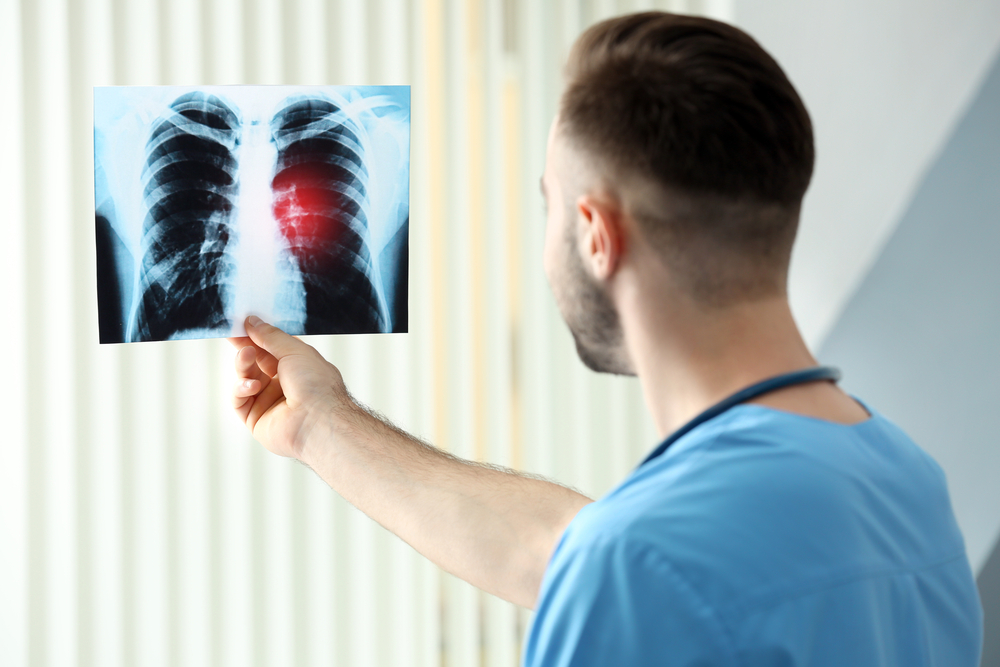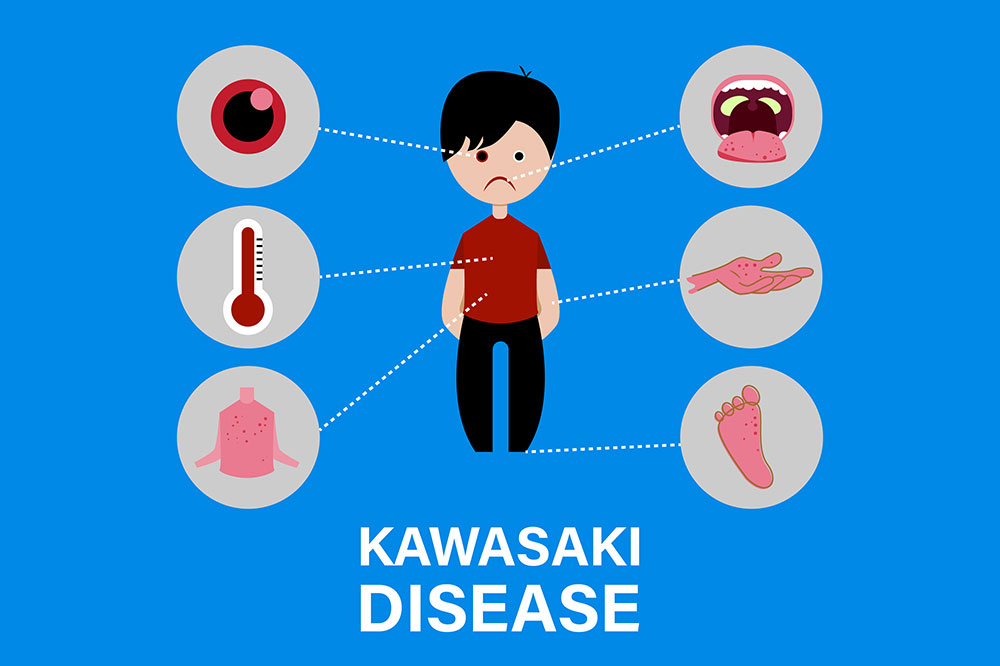Comprehensive Guide to Identifying the Symptoms and Indicators of Sarcoidosis
Learn to recognize the key signs and symptoms of sarcoidosis to ensure early diagnosis and effective management. This detailed guide covers systemic, respiratory, skin, nervous system, and eye-related indicators, emphasizing the importance of prompt medical attention for better health outcomes. Early detection is crucial as sarcoidosis can affect multiple organs, and timely treatment can improve quality of life and prevent serious complications.

Comprehensive Guide to Identifying the Symptoms and Indicators of Sarcoidosis
Understanding your body's signals is essential for early detection and effective management of various health conditions, including sarcoidosis. When the body's normal functions are disrupted, symptoms often manifest as warning signs. For example, digestive disturbances may cause foul breath, while respiratory irritants can trigger immune reactions leading to sarcoidosis. This complex inflammatory disease is characterized by the formation of granulomas—clusters of inflamed cells—that can develop in multiple organs such as the lungs, lymph nodes, eyes, skin, heart, spleen, and even the brain. Most cases of sarcoidosis either resolve naturally or respond to minimal treatment, but timely diagnosis is key to preventing complications and improving patient outcomes.
Recognizing the common signs and symptoms associated with sarcoidosis is critically important for individuals to seek medical advice promptly. Early diagnosis not only helps initiate appropriate treatment strategies but also minimizes the risk of organ damage caused by granuloma formation. Below, we detail the most frequent indicators that may suggest the presence of sarcoidosis:
General Systemic Symptoms: Individuals often experience persistent fatigue, unexplained fever, weight loss without any obvious reason, and joint aches or pains. Additionally, some report symptoms such as dry mouth, recurrent nosebleeds, or abdominal swelling. If these signs occur, consulting a healthcare professional is essential to determine whether these symptoms are linked to sarcoidosis or other health issues. Early intervention might involve simple lifestyle adjustments, medications, or further diagnostic testing.
Respiratory Manifestations: Since the lungs are most commonly affected, symptoms such as a continuous dry cough, wheezing, chest tightness, or difficulty breathing even when at rest should raise concern. These respiratory signs often prompt further investigation through imaging and lung function tests to confirm sarcoidosis involvement.
Skin Symptoms: Skin-related presentations include unexplained skin lesions, sores, or marks that appear without injury. Hair loss, particularly among women aged 20 to 40, can also be a symptom of skin or systemic sarcoidosis. Recognizing these signs early and seeking dermatological evaluation are critical steps toward diagnosis and treatment.
Nervous System Effects: When sarcoidosis affects the nervous system, symptoms may manifest as seizures, hearing problems, or recurring headaches. Neurological involvement often requires specialized assessment by neurologists and may necessitate advanced imaging and blood tests to confirm the diagnosis.
Ocular Symptoms: Eye-related symptoms such as pain, redness, burning sensations, dryness, or visual disturbances may occur if sarcoidosis impacts the eyes. These signs should prompt an urgent ophthalmologic examination to prevent potential vision loss and to confirm whether the eyes are affected by granulomas.
Understanding these key indicators enables individuals and healthcare providers to recognize early warning signs of sarcoidosis, facilitating prompt and accurate diagnosis. As the disease can involve multiple organs simultaneously or sequentially, a multidisciplinary approach to assessment and treatment is often necessary. Treatment options range from observation in mild cases to corticosteroids and immunosuppressive therapies for more severe or persistent manifestations. Regular monitoring and early intervention are vital for improving the prognosis and quality of life for those affected by sarcoidosis.
In conclusion, being vigilant about the signs and symptoms associated with sarcoidosis can significantly impact disease management. Early detection through awareness of systemic, respiratory, skin, neurological, and ocular indicators allows for timely medical intervention, reducing the risk of long-term complications. If you experience any of these symptoms persistently, consult a healthcare professional for comprehensive evaluation and personalized treatment planning.





